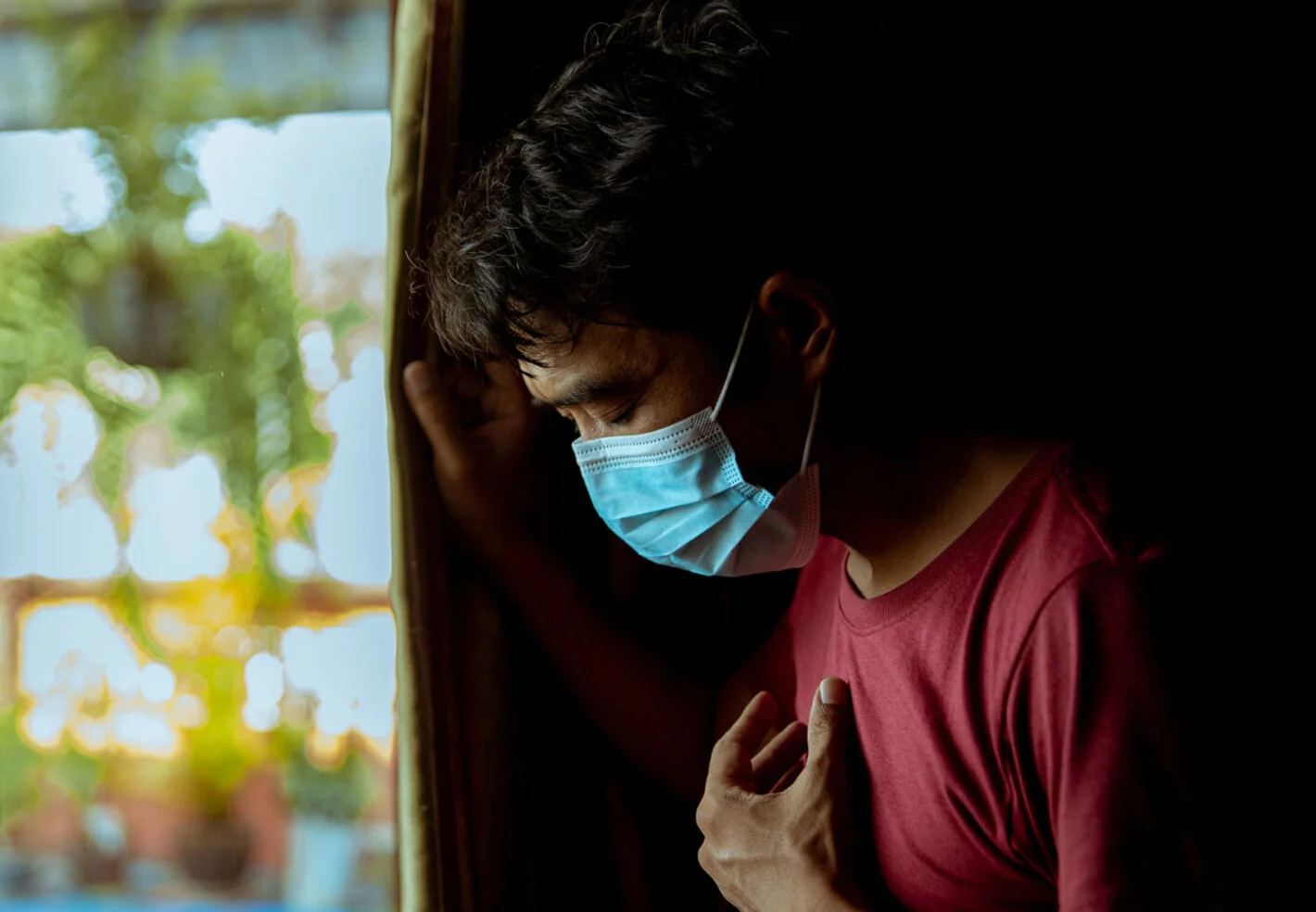PAHO supports countries in the study of post COVID-19 condition, development of patient care guidelines

The Pan American Health Organization (PAHO) is supporting member countries in understanding more about post COVID-19 condition and ways to manage patients more effectively.
More than 90,000 cases of acute COVID-19, including post COVID-19 condition from countries in the Americas are now listed in a Global Clinical Platform for COVID-19, which collects data and descriptions to support research and to share guidance on clinical services for patients.
While most people who develop COVID-19 fully recover, estimates are that between 10% and 20% experience a variety of mid- and long-term effects like fatigue, breathlessness, and cognitive problems such as confusion, forgetfulness, or lack of mental focus and clarity. These effects are collectively known as post COVID-19 condition or “long COVID.”
“It is difficult to predict how long post COVID-19 condition will last for a given patient,” said Dr. Sylvain Aldighieri, Incident Manager for COVID-19 at PAHO. “There is still much to learn about the condition, but current research shows that patients may experience persistent symptoms for weeks or months after COVID-19.” The exact number of people impacted by post COVID-19 condition – defined as symptoms that continue for three months after infection, last at least two months, and cannot be explained by alternative diagnoses – is unknown.
Although post COVID-19 condition is more common in patients who developed the severe form of the disease, there are reports of individuals who had moderate illness but experienced some after-effects, mainly respiratory, neurological, and psychological. Post COVID-19 functional impairment can limit a person’s ability to perform daily activities, including work or household chores. It can also impact professional performance and hinder social interaction.
PAHO established a working group on post COVID-19 condition to generate a better understanding of the conditions, develop patient care algorithms for health services and to advance patient-management and rehabilitation guides.
PAHO also distributed a brochure on the condition to countries, with tips on understanding it, actions people can take, and advice on diagnosis, prevention, and treatment. The guidance suggests seeking immediate care if people experience sudden and severe shortness of breath, chest pain, suicidal thoughts, coughing up blood, severe headache, weakness on one side of the body and slurred speech. The brochure, which is also on the web at Post COVID-19 Condition - PAHO/WHO | Pan American Health Organization, provides space for countries to put in their own hotlines or web page links to offer people help.
“The best way to prevent the condition is to avoid getting COVID-19 by getting fully vaccinated, wearing masks in closed spaces, avoiding crowds, maintaining a 1-meter distance from other people, washing hands frequently, and keeping spaces well ventilated,” Aldighieri added.
Efforts are being made to increase the knowledge and improve access to health services for the multidisciplinary management of people with the post COVID-19 condition. The organization has also developed training activities aimed at decision makers and health personnel.
Aspects related to mental health and rehabilitation are also important in dealing with the condition, and PAHO is advising countries on techniques to support recovery. These can include exercises to manage breathlessness, education about pacing to help manage fatigue, and brain activities to help improve attention, memory and thinking. PAHO is updating its guidance on rehabilitation management, hosting workshops and webinars on post COVID-19 condition and rehabilitation, and working with experts in countries to share information on clinical management strategies.
The WHO/PAHO clinical platform continues to collect and analyze information related to COVID-19 infection to support research on the topic, and has more than 600,000 cases of patients who have had the disease.



